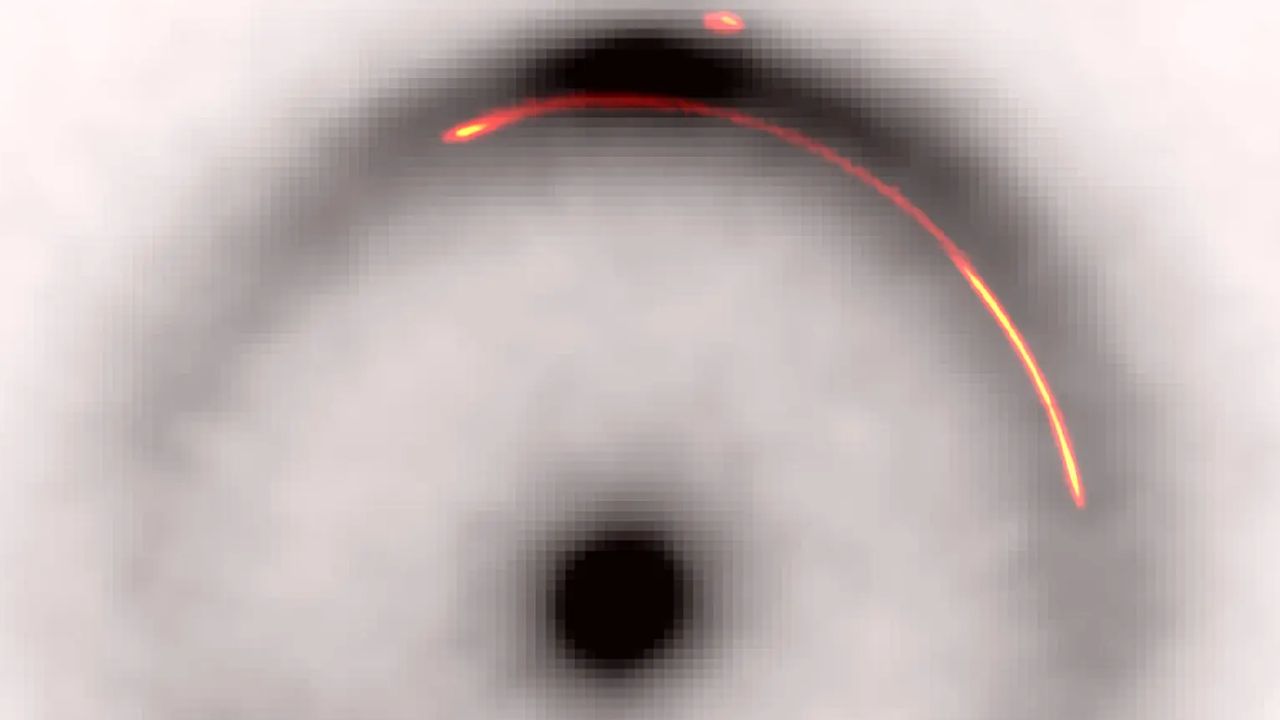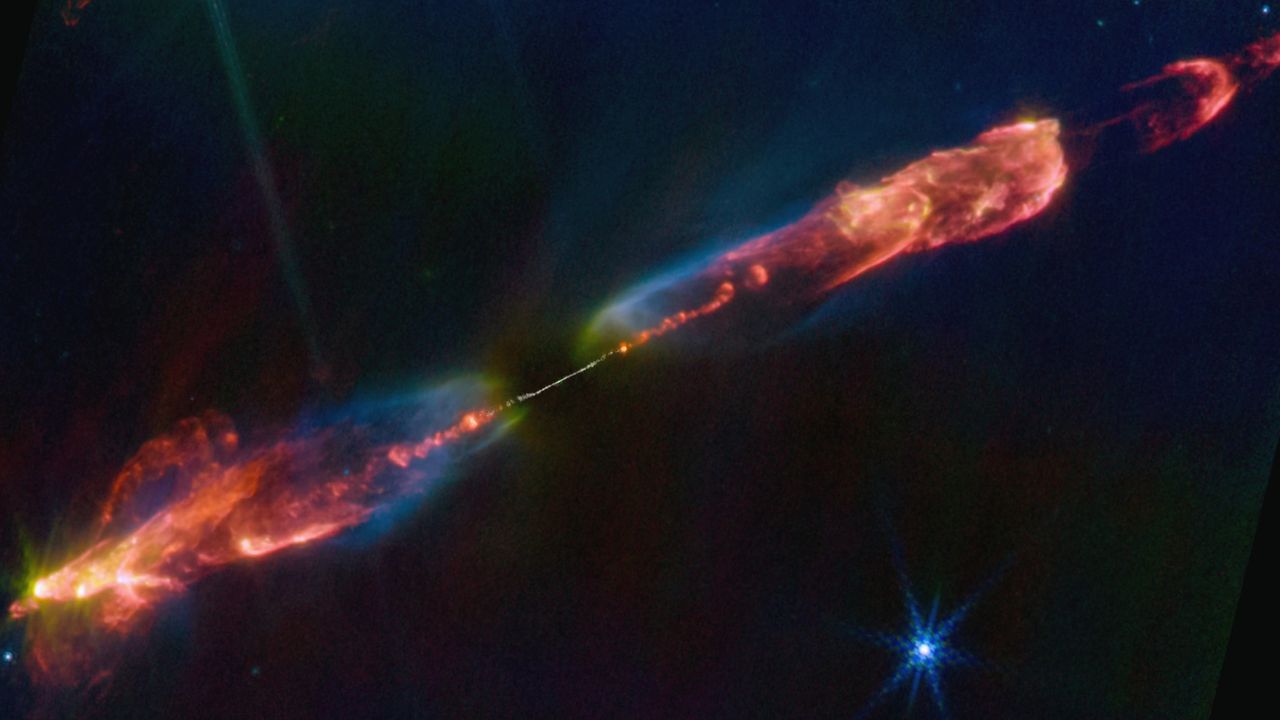How Psychedelic Mushrooms Evolved Their Magic
NeutralScience

Recent research has revealed that two unrelated groups of mushrooms have developed vastly different methods for producing psilocybin, a compound known for its mind-altering effects. This discovery is significant as it highlights the diverse evolutionary paths of fungi and could lead to a deeper understanding of how these organisms adapt and thrive in their environments.
— Curated by the World Pulse Now AI Editorial System











